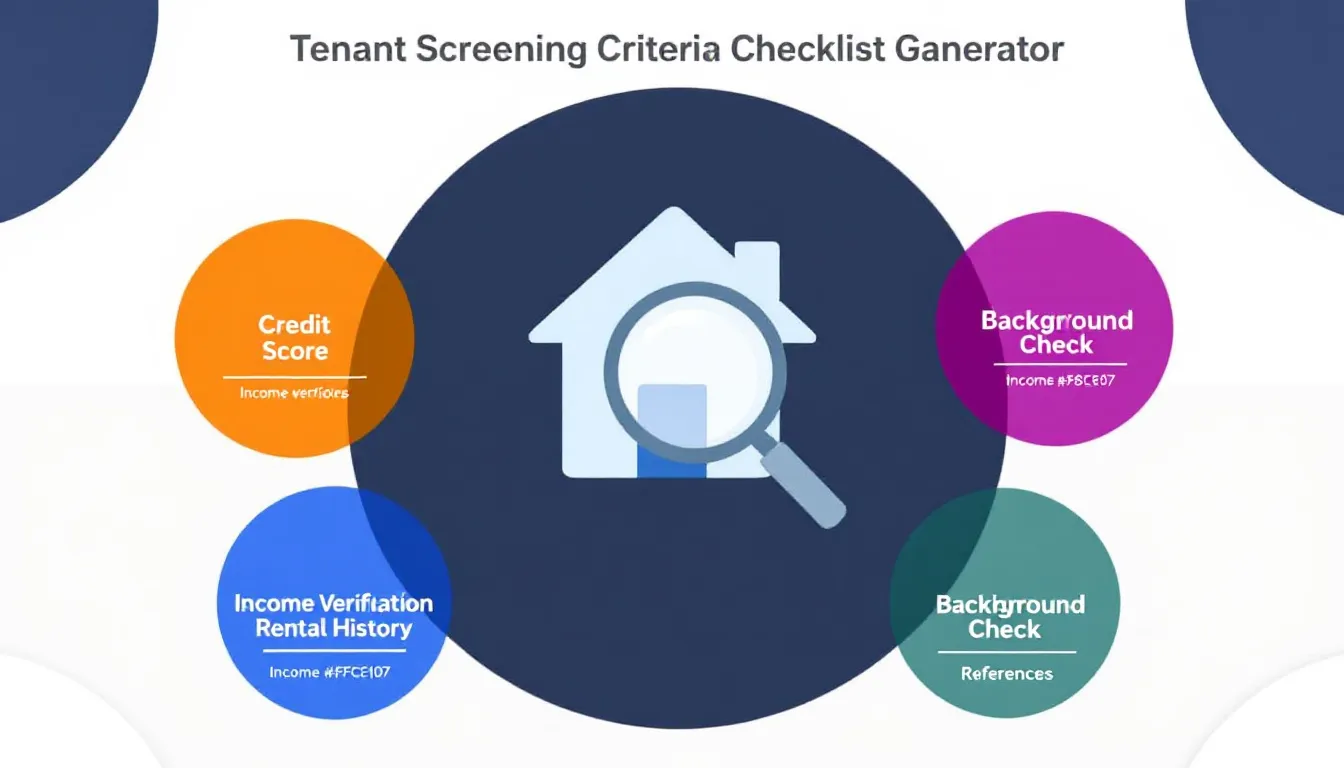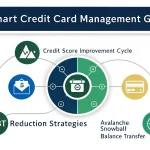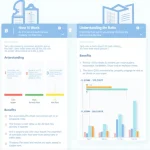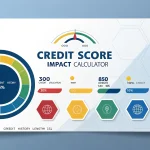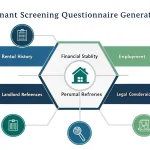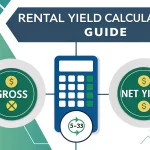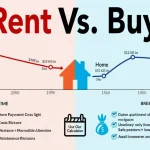Is this tool helpful?
How to use the tool
- Describe your property – enter something like “Beachfront bungalow” or “Urban micro-loft”.
- Set the minimum credit score – type, for example, 690 or 720 to match your risk appetite.
- Define the income rule – insert 2.8 or 4 to express the multiple of monthly rent a tenant must earn.
- State rental history length – supply 1 or 5 years depending on how seasoned you expect applicants to be.
- Add background requirements – e.g., “No misdemeanors in 3 years”.
- Include extras – such as “Cats allowed, dogs prohibited” or “Renter’s insurance mandatory”.
- Press Generate – the form calls the process_llm_form API and displays a checklist ready for copy.
Quick-Facts
- The average approved renter credit score is 650 (TransUnion Rental Screening Report 2022).
- HUD bans discrimination based on seven protected classes (HUD Fair Housing Act, hud.gov).
- Three times monthly rent is the most common income rule (Zillow Consumer Housing Trends 2022).
- Nationwide eviction rate stood at 2.7 % in 2022 (EvictionLab.org, 2023 dataset).
- Average landlord cost of an eviction is about $3,500 (National Apartment Association, 2021).
FAQ
What information does the generator collect?
The form gathers property type, credit score floor, income multiple, rental history years, background exclusions and optional criteria—nothing else.
How does the API return the checklist?
Your entries post to process_llm_form; the server formats a markdown-style checklist and sends it back as HTML, which the page injects into the results panel.
Why require income multiples?
An income-to-rent ratio of 3 x lowers default risk by 50 % compared with 2 x, according to Freddie Mac multifamily research 2021.
Can I screen for criminal history?
Yes, but HUD advises “blanket bans on arrests are discriminatory” (HUD Guidance on Criminal Background Checks 2016). Tailor exclusions to convictions and recency.
Is a 700 credit score mandatory?
No. While 70 % of landlords pick 650 +, many affordable-housing owners approve scores down to 600 when other factors compensate (TransUnion 2022).
Does the tool store applicant data?
No personal applicant data enters the form; you only create internal criteria, so privacy regulations like GDPR are not triggered.
How do I keep criteria fair?
Apply the same checklist to every applicant and document decisions—a best practice urged by the National Fair Housing Alliance 2022.
What happens after copying the checklist?
Paste it into your leasing handbook or screening software, then follow the documented steps each time you vet a new tenant.
Important Disclaimer
The calculations, results, and content provided by our tools are not guaranteed to be accurate, complete, or reliable. Users are responsible for verifying and interpreting the results. Our content and tools may contain errors, biases, or inconsistencies. Do not enter personal data, sensitive information, or personally identifiable information in our web forms or tools. Such data entry violates our terms of service and may result in unauthorized disclosure to third parties. We reserve the right to save inputs and outputs from our tools for the purposes of error debugging, bias identification, and performance improvement. External companies providing AI models used in our tools may also save and process data in accordance with their own policies. By using our tools, you consent to this data collection and processing. We reserve the right to limit the usage of our tools based on current usability factors.
